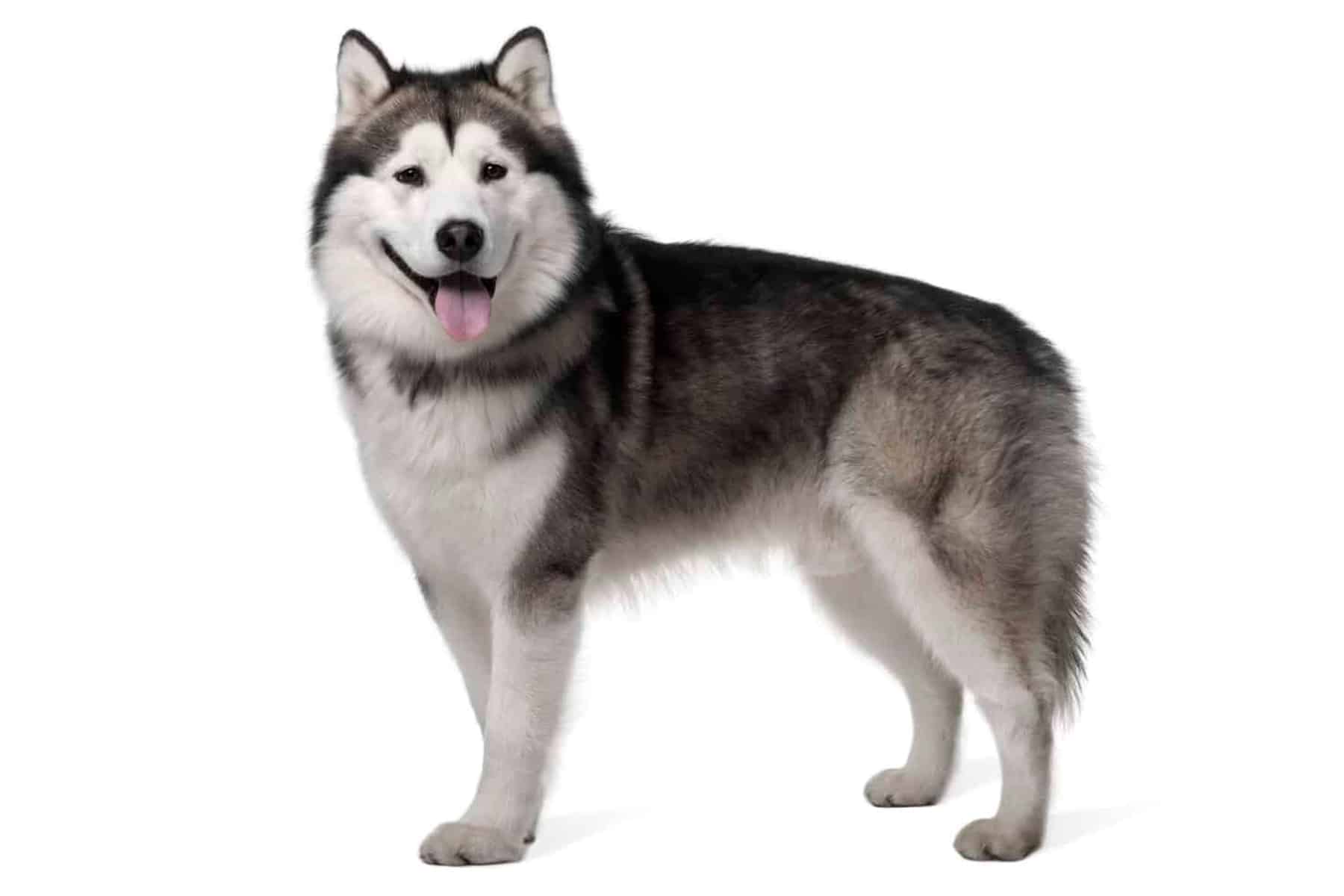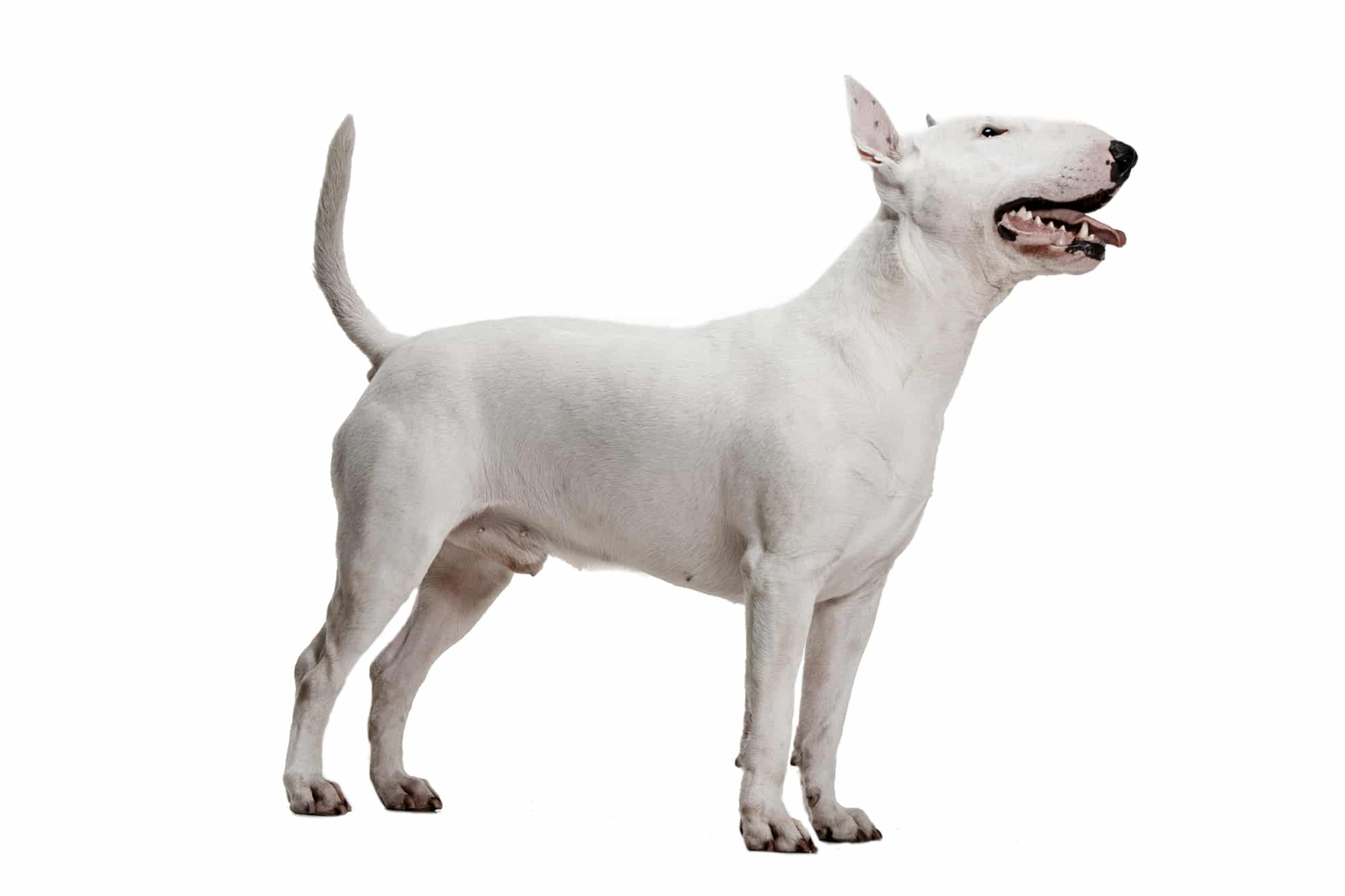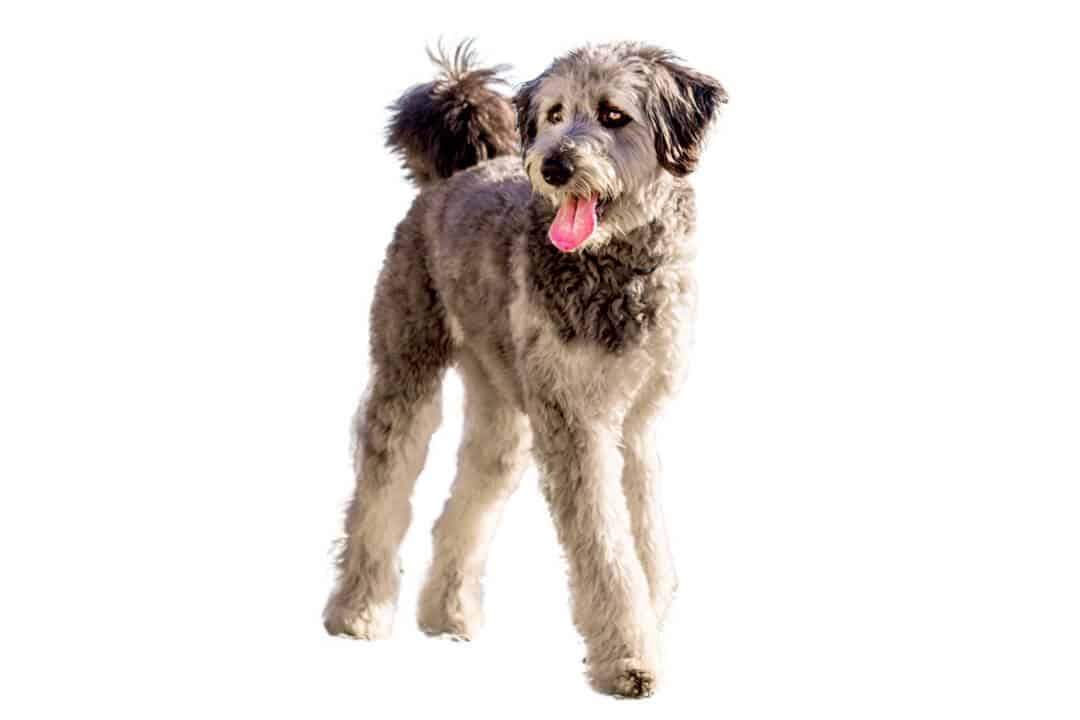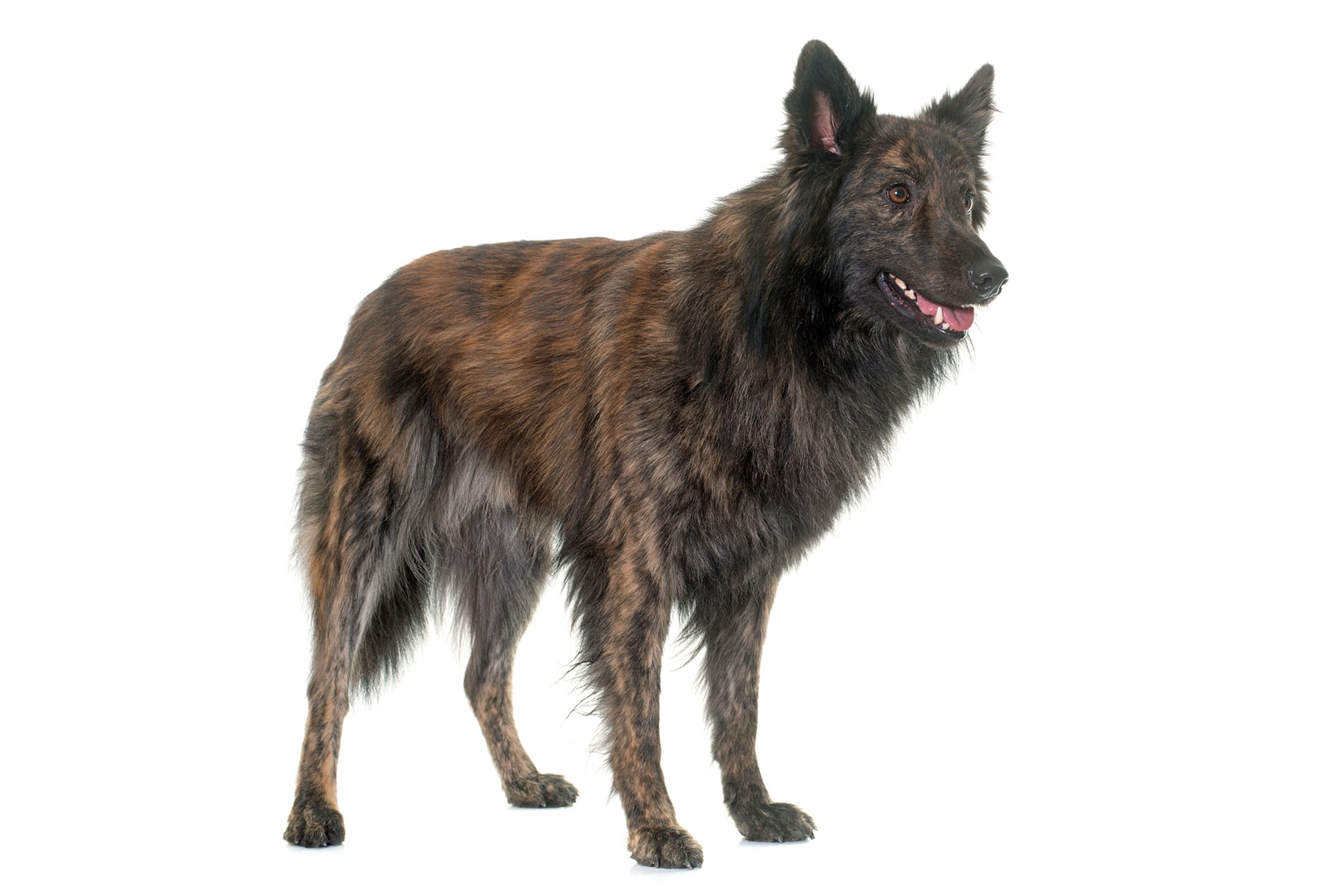Saint Bernard
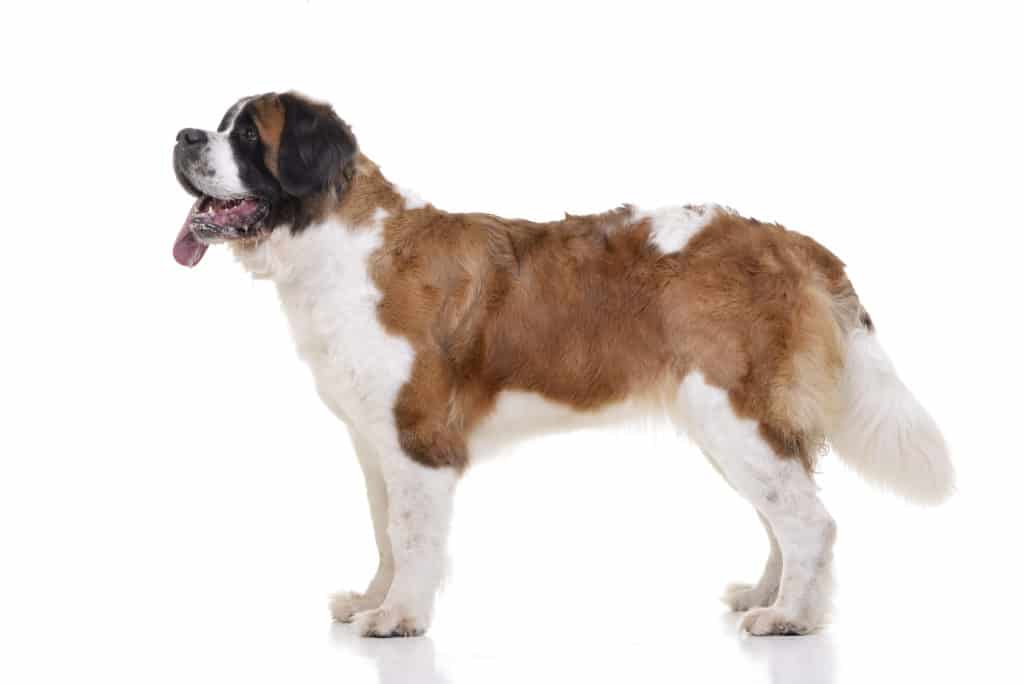
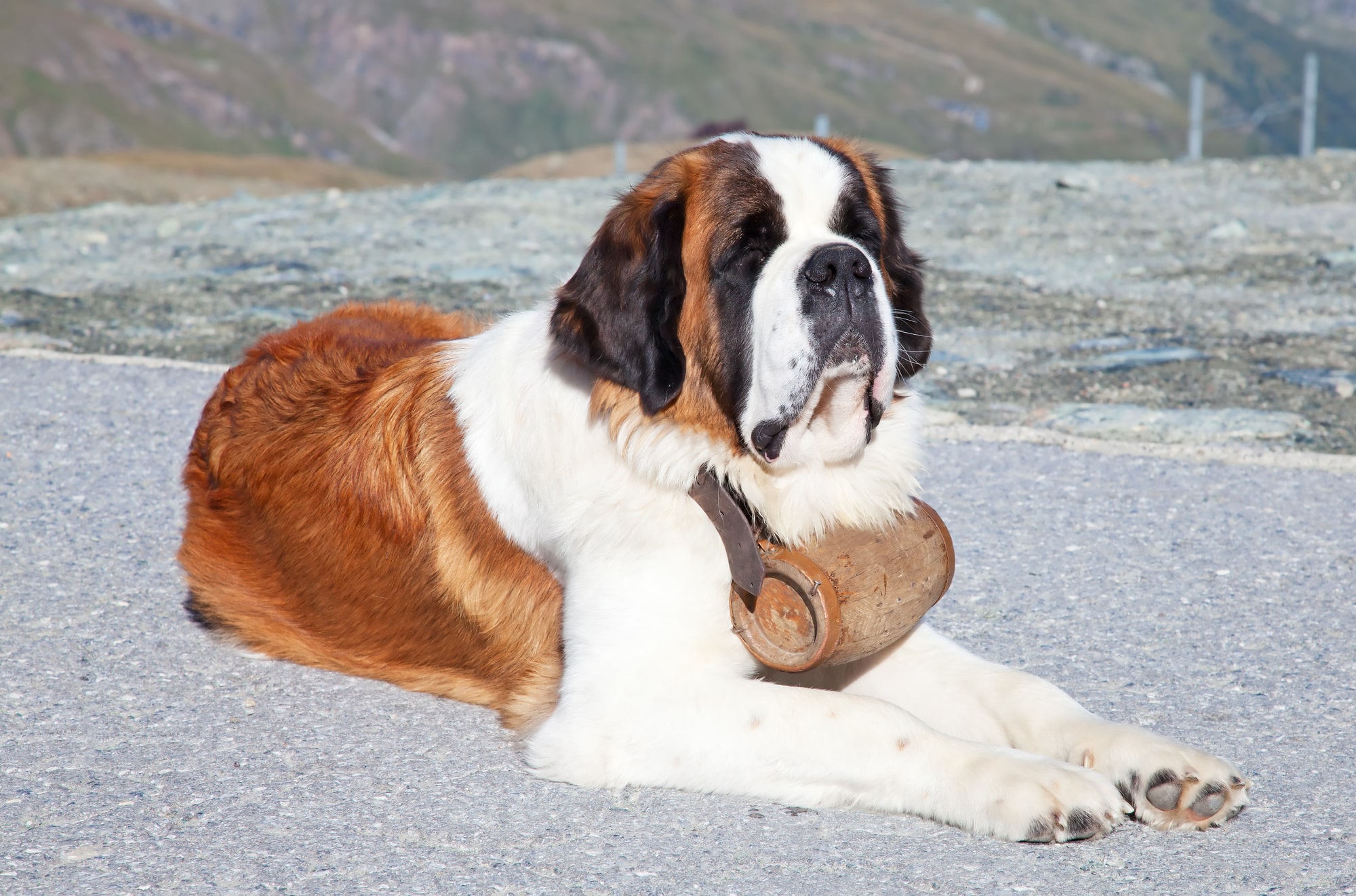
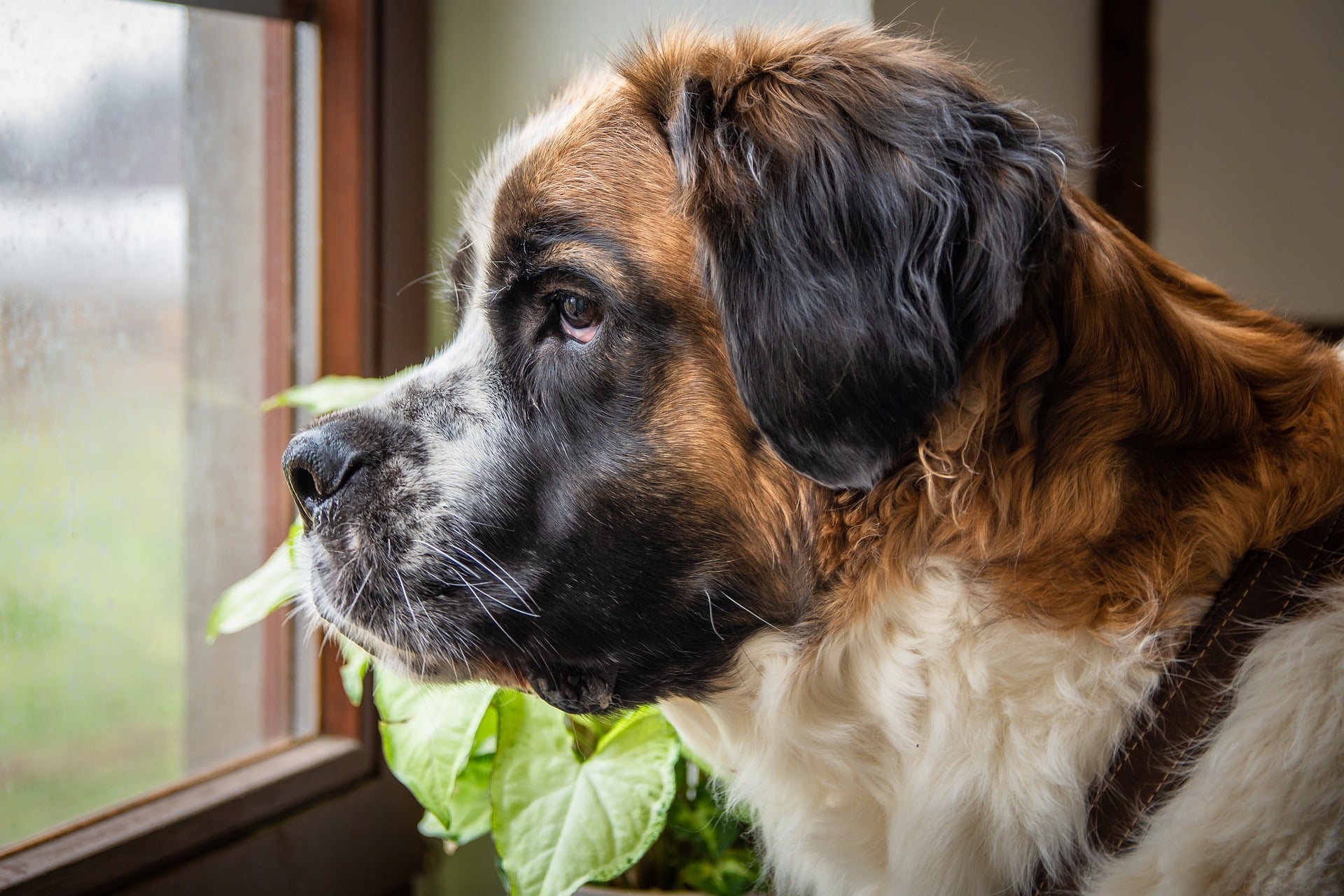
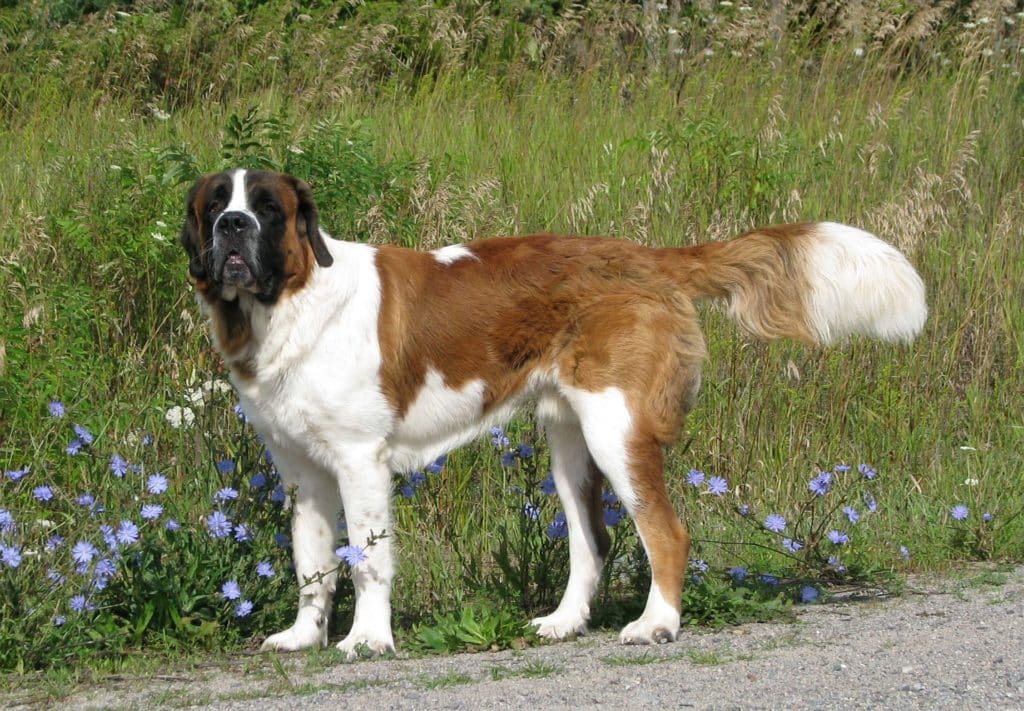
Temperament:
He has loyal eyes, a cuddly coat, is strong as a bear and, above all, courageous: the St. Bernard is considered a true friend and savior in times of need. The most famous of them was called Barry. He lived in Switzerland and is shrouded in legend. He is said to have saved 40 people from icy death in the Swiss Alps.
Characteristics
As big as the St. Bernard's body is, its heart is probably just as big. Its good-natured nature and extraordinary love of children make it a popular family dog. It feels particularly at home in families with small children. It is a balanced and calm dog that can hardly be disturbed by anything.
This gentle giant is very sensitive. That's why he needs close contact with people. Life in a kennel is torture for this affectionate dog. Reliability, alertness and a moderate protective instinct make him a reliable watchdog. He is not aggressive. Given his imposing appearance, this is not necessary.
However, his strength should not be underestimated in family life. He is playful and cuddly. Therefore, a well-intentioned little "nudge" can quickly bring a small child down. In order to channel his strength in the right direction, he needs consistent training. This is because the Swiss is known as a "stubborn dog". Firmly integrated into the family, he proves to be a loyal and obedient companion.
Consistent training is a basic prerequisite for always having fun with your dog. A stubborn colossus that listlessly follows instructions is no fun. You should also bear in mind that a St. Bernard can be stronger than a well-trained human.
An intimate and deep bond with the owner is the basis of training. But never force or harshness. Even as a puppy, it should be trained with consistency. Young St. Bernards are often lively and almost demand to be led. Nevertheless, the dog is easy to train.
The St. Bernard reaches a height at the withers of up to a proud 90 cm. Its body weight reaches an average of 80 kg. This makes it one of the heaviest and largest dog breeds in the world. Its powerful build with its large head and massive neck give it its imposing appearance. At first glance, this can appear somewhat frightening. But only until the giant shows its gentle nature.
Today, the good-natured St. Bernard is both long-haired and stock-haired. The hair of the original pedigree dogs was stocky or short-haired. There are now also long-haired varieties. The short-haired variety has a dense, smooth and close-fitting top coat. In the long-haired variety, the top coat is of medium length and smooth. Above the hips, the hair can be slightly wavy.
The coat is white with shading. The markings can be red-brown or red-brown with white. White markings are expressly desired. The markings are located on the chest, nose, paws, neck and tip of the tail. The white ruff and a dark mask complete the image of the giant dog.
Coat care:
Shedding:
Energy level:
Trainability:
Children suitable:
The right food
If you get a St. Bernard, it will probably be a puppy. Feeding a St. Bernard puppy is relatively simple. In the beginning, the little colossus needs to be fed 3 to 4 times a day. Later, as a young dog, it will need food twice a day. The easiest way is to feed a ready-made food. It provides the dog with a continuous supply of all the necessary nutrients.
The additional administration of food supplements is not recommended unless it is necessary. This leads to an oversupply, which in the worst case can even lead to illness.
Food requirements vary greatly from dog to dog. For large breeds, it is important to keep dogs slim. Excess weight can lead to permanent damage to the skeleton and ligaments, especially in growing dogs. If you are not sure how to feed your dog, your breeder will certainly be able to advise you.
Adult Saint Bernards can be fed once a day. However, it is better to feed twice a day. This way the dog is not overloaded with a large amount of food at once. Fresh water must be available to the dog at all times.
Health & Care
Regular combing and brushing is sufficient for coat care. For long-haired breeds, this is somewhat more time-consuming than for short-haired breeds. This is especially true during the shedding period. When brushing, you should also check for ticks or fleas.
A look in the ears and careful cleaning are also part of the care routine. In addition, you should pay particular attention to eye care in order to recognize possible diseases in good time and avoid problems. Regular tooth brushing prevents tartar. This grooming is also an opportunity for your four-legged friend to have close contact with you.
It goes without saying that you should only keep such a large dog if you have a house with a large garden. The St. Bernard is out of place in small rented apartments in the city. This people-oriented giant also needs to be close to his family. In a kennel, he would only wither away.
It should also be noted that the breed tends to salivate a lot. Drool stains on clothing, furniture and your sofa are part of life with a Saint Bernard. You should avoid climbing stairs frequently and floors that are too slippery. This is where the giant can slip.
Joints and muscles should not be strained when climbing stairs. This is particularly important during the growth phase. But it can also become important again in old age.
If there is plenty of space, time and also the necessary change (keeping such a large dog is not cheap), the St. Bernard is a loyal and friendly companion. He surprises his owners with his pronounced helpfulness and sensitivity. Although bringing schnapps is not one of them. The story of the famous schnapps barrels that St. Bernards wore around their necks to warm avalanche victims is a fairy tale.
Suitable accessories
St. Bernards are rather leisurely dogs that don't think much of any dog sports. Nevertheless, they should get enough exercise. On average, they should be walked three times a day for longer periods of time. This requires a collar and a lead. However, not a standard version. The St. Bernard needs an extra large and sturdy collar because of its strong neck. The lead should also be stronger than usual.
Especially in warm temperatures, the St. Bernard has little appetite for exertion. Constantly romping around or chasing after a ball is not his thing. It quickly becomes too strenuous for him. Accordingly, the need for such accessories is limited.
But he likes moderate temperatures. Then the walk can take a little longer. And when there is snow, the giants become incredibly agile, playful and eager to move. So take advantage of the winter to really romp around with your dog.
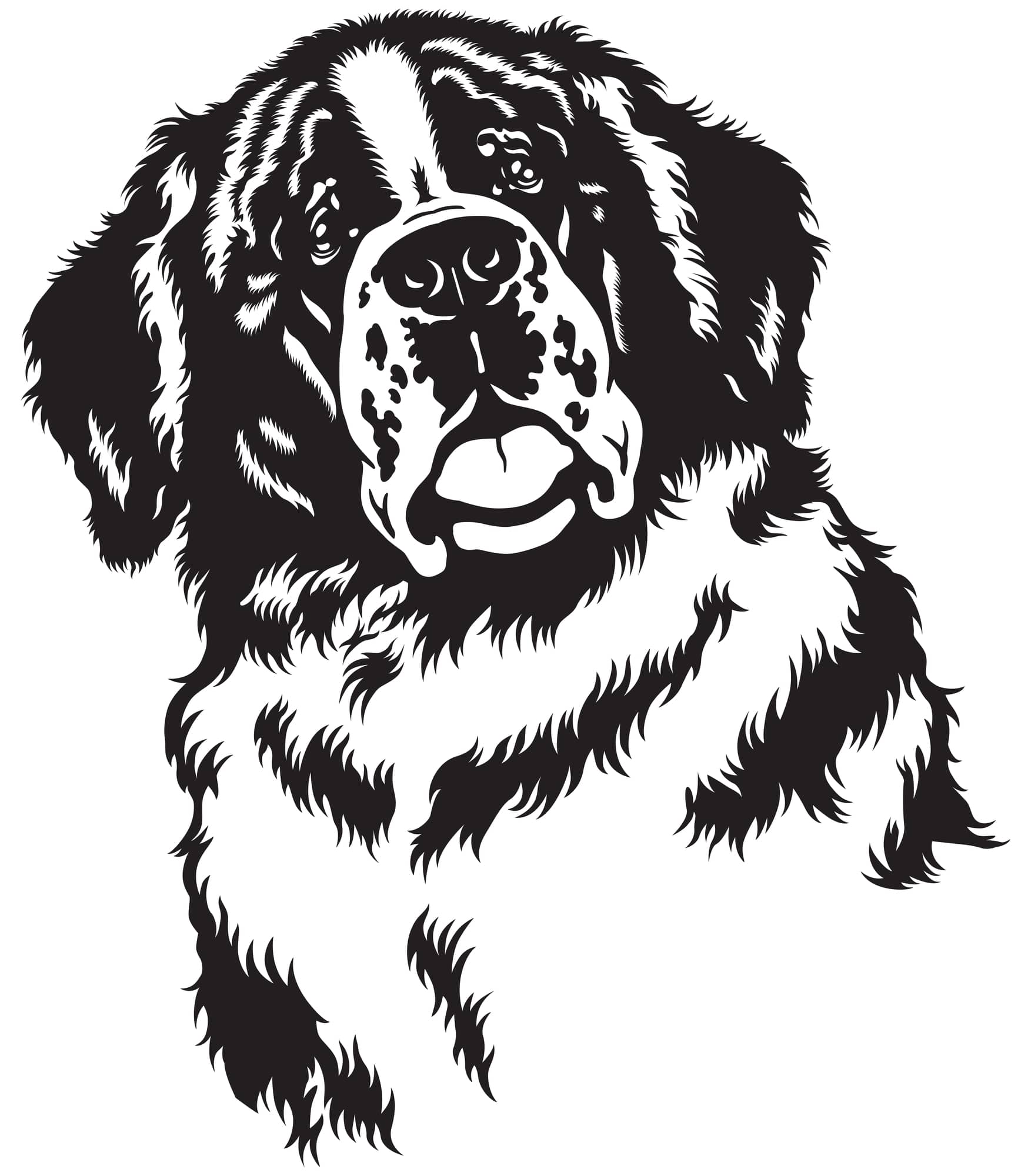
Origin & History
The St. Bernard is also known as the Saint Bernard dog. It is one of the dog breeds that most people are probably familiar with: The Swiss national dog with the little barrel on its neck that rescues avalanche victims. He actually has a lot to do with rescuing avalanche victims. St. Bernard dogs lived as working dogs in a hospice in the Alps, on the Great St. Bernard.
The most famous representative of this breed is known to have saved over 40 people from death in the snow. This rescue dog was called "Barry". This means "little bear" in Swiss. However, he saved lives without the typical schnapps barrel. So St. Bernards like the famous Barry really did exist. They established the legendary reputation of the dog breed.
However, the first St. Bernards weighed a maximum of 50 kilograms. That was 200 years ago. Compared to today's giants, the old St. Bernards were tiny. Today, they would no longer be admitted to dog shows as St. Bernards.
In the meantime, the dogs have become bigger and bigger. This has serious consequences for their health. Although the FCI standard stipulates 90 cm as the maximum height for males, there is no upper limit. This is disastrous for the future of the old breed.
The "Swiss Dog Stud Book" was opened in 1884. The first entry was, of course, the St. Bernard. The St. Bernard was officially recognized as a dog breed in 1887. Since then, it has been considered the Swiss national dog. Shortly afterwards, in 1891, the first special club for St. Bernards was founded in Germany. Since then, it has been the world's largest club for St. Bernards.
Today, St. Bernard friends are committed to combating an undesirable development in pedigree dog breeding. In Switzerland, there is the Barry Foundation, which was founded to "preserve the original St. Bernard from the Great St. Bernard".
The Barry Foundation runs Barryland at the former home of the dogs. The true story of these fantastic dogs is told here. But real St. Bernards are also successfully bred here.
